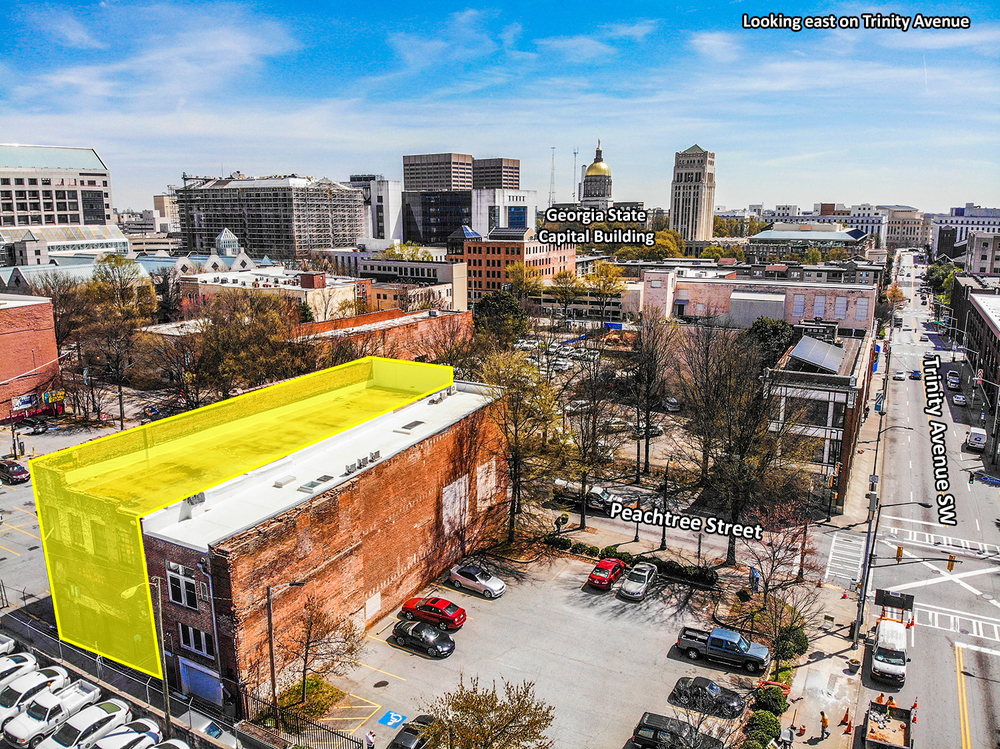

See Fit out for a description of the different categories of fit out.
Fire detection, alarm and hose reel systems. All base plant, mechanical and electrical systems to plant rooms and services in shafts with air capped off by a fire damper to each tenant leased zone, electrical services connected to tenant’s zone switch panels and water and sprinkler services taken to each tenancy where they are capped off. Fire compartmentation should also be part of the shell and core provision. Completely finished circulation and common areas including main reception, lobbies, staircases, toilets, plant rooms, riser shafts, lift shafts, basements, loading bays and car parking. Building envelope, including insulation, external walls, glazing, balustrade and roofs. Foundations and fire clad structure with column grid and clear structural floor heights defined. Roads, paths, pavements, external lighting, security systems, fencing and boundary walls, drainage systems, incoming services, hard and soft landscaping, signage and all statutory requirements relevant to the site. More specifically it will generally include: Shell and core will typically comprise the structure, its cladding, its base plant, completed common areas and external works. Normal shell and core provision for a high-spec city office What tenant equipment is to be installed in common areas. What constitutes category A fit out installed by the tenant but funded by the developer/ landlord. What comprises the shell and core built by the developer, including space provision in common areas for tenant equipment such as standby generators, extra chillers, or uninterrupted power supply plant. The agreement to lease between landlord and tenant should clearly define: This became known in lease arrangements as a category A fit out allowance.įollowing the lead of Broadgate in the eighties, agents in the chartered surveying world accepted that rents were not affected by the principles of shell and core and it became widespread in the office commercial market.įor more information, see Advantages of shell and core. Rosehaugh/Stanhope did not supply ceiling tiles, carpet tiles etc, but allocated its tenants a rent-free period and an allowance for the landlord's notional fitting out. Broadgate office buildings were specifically designed for the financial markets following deregulation. Rosehaugh/Stanhope introduced a similar idea in the UK in its ground-breaking Broadgate development in the City of London. CORE SHELL BUILDING INSTALL
It then became common practice for developers to purchase the materials for the fit out of tenant areas, but not to install them, leaving them stacked on the open area floors.

However, the actual tenant's ideas often differed from the developer’s notional layouts and so money was wasted taking down ceilings and taking up floors, while mechanical and electrical services had to be altered to accommodate partition layouts. American developers initially fitted out offices, installing access floors, carpet tiles, ceilings, air conditioning and lighting on the basis of a notional layout for prospective tenants. The concept originated in the USA where it was applied to office buildings built by developers for rent. A range of other construction and fit out works are left to be completed before the building is occupied. The concept of shell and core (or base build) is that the developer's scope of works is the design and construction of the base building. 5 Related articles on Designing Buildings.3 Normal shell and core provision for a high-spec city office.






 0 kommentar(er)
0 kommentar(er)
